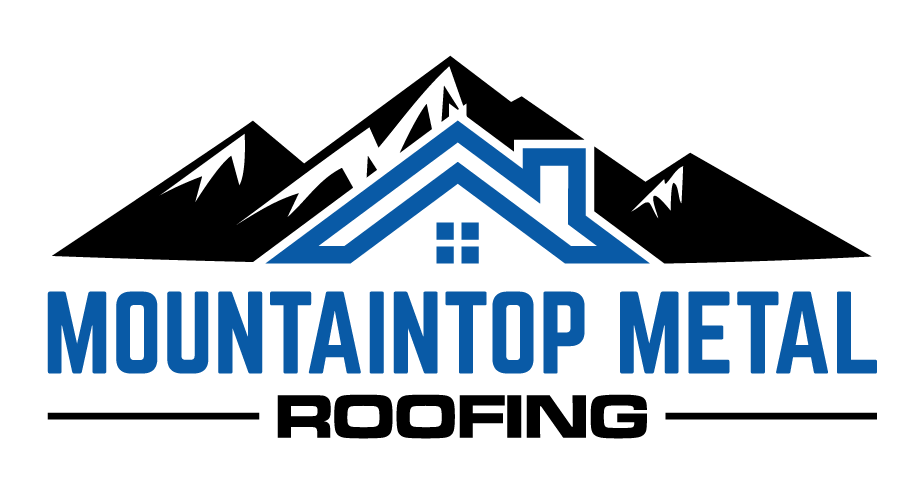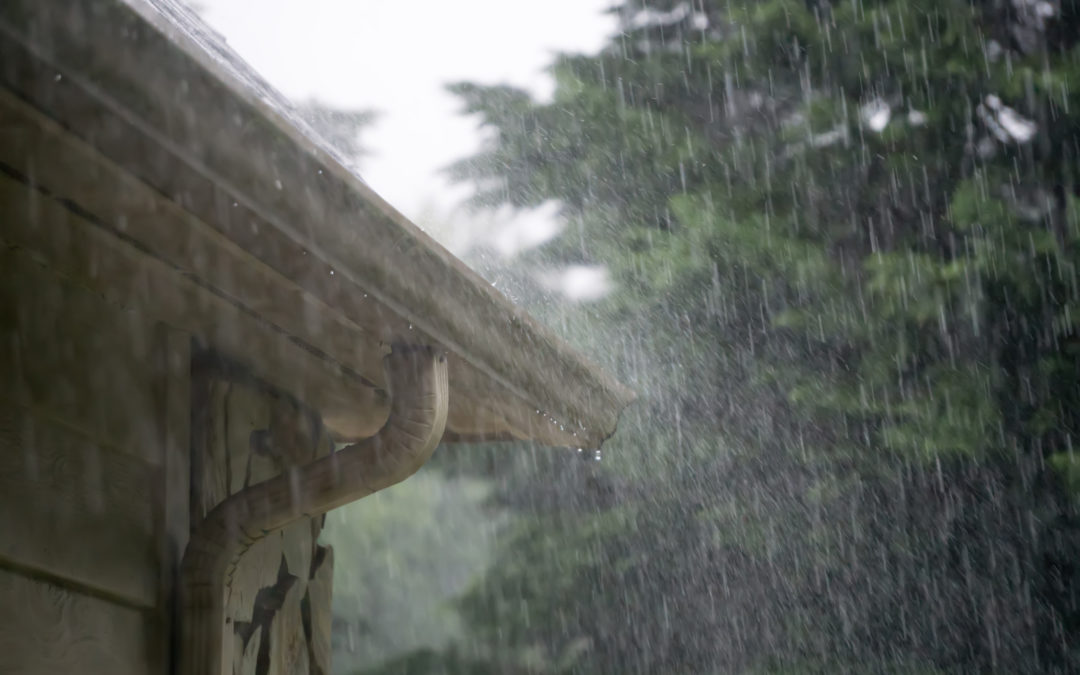If you are planning for a roof replacement in the near future, you may be wondering if you should replace your gutters at the same time. Gutters generally last about 20 years, so if it’s been longer than, it is a good idea to do that while you have your roof replaced. But, even if you aren’t replacing your roof, you may still be wondering how often to replace gutters on your home.
Gutters are one of those things where you don’t realize you need new ones until it’s too late. Then the first big rain in the Fall, after a few leaves have fallen, and boom! Your gutters are on the ground or hanging by a proverbial thread.
Signs that your gutter might need to replace include rust spots, cracks, or peeling paint on your current ones. Look for sagging or sections that are pulling away from the house. If you see water pooling around the foundation after rain or notice leaks or overflow during showers, your gutters might not be working properly.
Check for standing water, mildew, or erosion near the foundation, which could mean water isn’t draining properly. Clogs caused by debris accumulation, evidenced by plants growing in the gutters or water overflowing during rain, signal an issue. Regularly inspecting your gutters for these signs and conducting maintenance can help catch problems early, preventing potential damage to your home.
A lot of time, just cleaning out the debris is enough to keep your gutters in tip top shape and taking water away from your home. But if there is damage to your gutters, or you have sagging gutters, it’s best to replace them on your terms, not after they end up swinging from the roof.
Why replace your gutters?
Your gutters have several very important jobs to help protect your home. They help prevent erosion around your house. They also protect your landscaping and garden areas and keep water from building up around your foundation. It also helps protect the siding of your home and keep water running away from your roof.
Gutters play a vital role in directing rainwater away from your home, preventing potential damage to the foundation, siding, and landscaping. Over time, gutters can deteriorate due to exposure to weather elements, debris buildup, and general wear and tear. Old or damaged gutters may start to sag, leak, develop small cracks, or become ineffective in channeling water away from the house.
When gutters aren’t properly functioning, rainwater can accumulate near the foundation, leading to water seepage into the basement or crawl space. This moisture can compromise the structural integrity of your home’s foundation, causing costly repairs and potential health hazards like mold and mildew growth.
Clogged gutters are a common issue: leaves, twigs, and debris can accumulate, obstructing the flow of water. This blockage not only prevents proper drainage but also adds weight to the gutters, potentially causing them to pull away from the house or collapse.
Preventing Ice Dams
Clean gutters prevent ice dams by allowing melted snow to flow freely off the roof. When gutters are clogged with leaves, debris, or ice, melted snow can’t drain properly. This trapped water refreezes at the roof’s edge, forming ice dams. Ice dams block subsequent melting snow from draining off the roof, causing it to pool and potentially seep under the roofing, leading to leaks and water damage inside the house.
By removing debris from your gutters, melted snow can move off the roof through the gutters, reducing the chance of ice dams forming and safeguarding your home from potential water-related issues. Regular gutter cleaning, especially before winter, helps prevent these blockages, maintaining proper drainage and minimizing the risk of ice dams forming.
So, just like a traditional roofing system, metal roofs also need to have a working gutter system in place. However, having them installed with your metal roof is a little bit different than traditional roofing systems. That’s why experienced metal roofing specialists should be the ones to work with your gutter installation.
How are they replaced?
When it is time to replace your gutters for metal roofs, they should attach to the fascia board rather than the roof deck. That’s because rain will slide off a metal roof faster than a traditional roof and the gutter system needs to be strong enough to handle that speed.
Metal roofing experts will install your new roof over the gutters by about 1 inch or 1.5 inches. This number, however, will vary depending on the climate that you live in. That’s because if your roof will experience heavy rain or snowfall, it will need to be able to keep up and move that water away from the home quickly and efficiently.
Gutters for metal roofing share similarities with those for traditional roofing but may have differences due to the unique characteristics of metal roofs. Metal roofs are obviously smoother (depending on the style), allowing water to shed more quickly. Consequently, the gutters for metal roofing may require a different design to accommodate the rapid water flow.
These gutters might have wider or deeper channels to handle the increased volume of water coming off a steep metal roof. Another distinction is related to expansion and contraction. Although slight, metal roofs expand and contract with temperature changes, which can affect how they interact with the gutters.
Gutters for metal roofs often incorporate expansion joints or flexible materials to accommodate these movements without compromising the gutter’s integrity. Additionally, the material used for the gutters might be chosen to complement the metal roof, ensuring both durability and aesthetic cohesion.
How Often to Replace Gutters? Not As Often if You Maintain Them
Replacing gutters when they show signs of damage or when they’re unable to efficiently channel water away is essential for preventing water-related issues. Modern gutter systems offer improved durability and functionality, incorporating features like seamless gutters, gutter guards to prevent debris buildup, and materials resistant to rust and corrosion, ensuring a longer lifespan and better performance.
Regular maintenance and periodic inspections of your gutters and drainage system (downspouts for example) are also crucial to identify any potential issues early on. Investing in new gutters or repairs when needed can save you from more extensive and expensive repairs in the future, preserving the value and structural integrity of your new home.
Do you have questions about metal roofing? Perhaps you aren’t sure if you want to replace your gutters at the same time as your roof replacement. Our experienced team of roofing specialists at Mountaintop Metal Roofing can help answer all your questions. Take a look at our testimonials and then call us today to learn more or to get your roof replacement quote scheduled.

